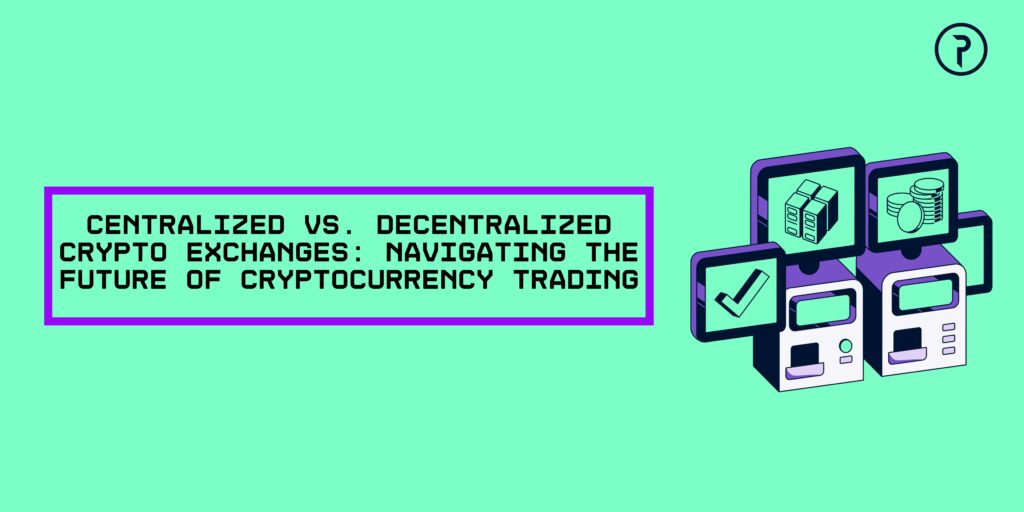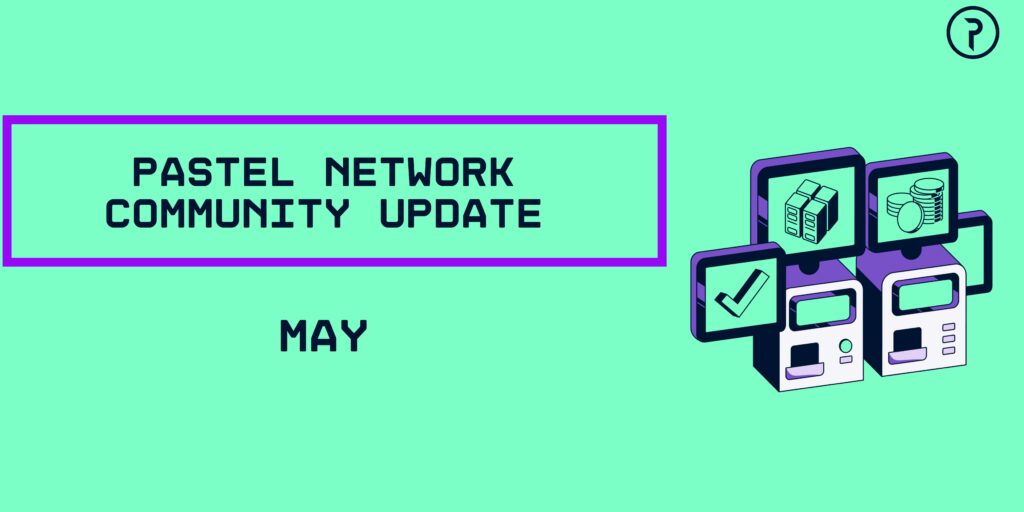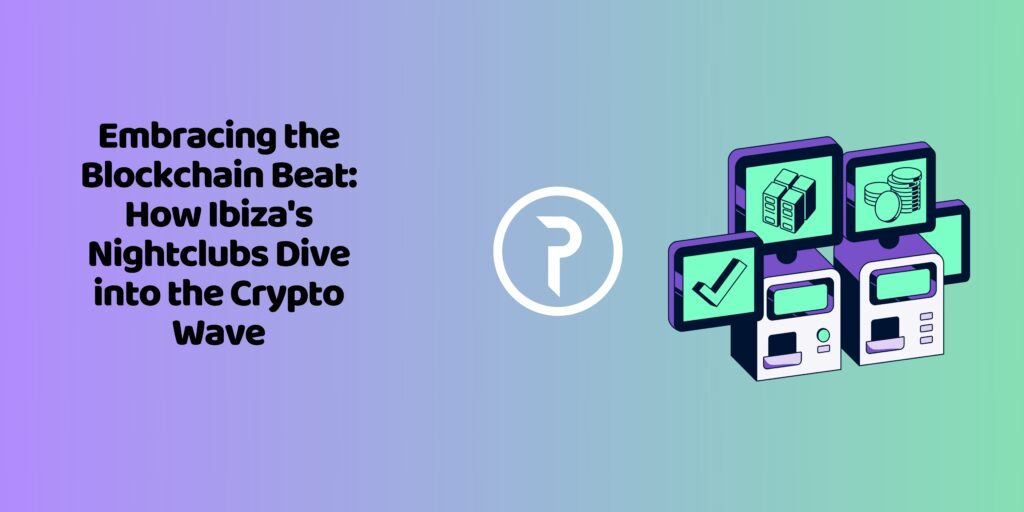How to Detect and Prevent NFT Fraud and Scams
With the rise in popularity of non-fungible tokens (NFTs), the digital art and collectibles market has seen tremendous growth. However, along with this growth comes an increased risk of fraud and scams targeting unsuspecting buyers and sellers. NFT scams can result in significant financial losses and compromise the security of digital wallets. In this article, we will explore common types of NFT scams and provide tips on how to detect and prevent them.
Common Types of NFT Scams
1. Rug Pull
Scammers create fake NFT projects or collections, promote them heavily on social media, and entice buyers with promises of lucrative returns. Once buyers invest in these assets, the scammers abandon the project, causing its value to plummet. They also disable the ability to sell the NFT, leaving buyers with worthless tokens.
2. Phishing
Phishing scams involve fake advertisements, emails, or pop-ups that redirect users to fraudulent websites. These websites trick users into revealing their private wallet keys, which allow scammers to gain unauthorized access to their digital wallets. Once scammers obtain this information, they can drain the victim’s NFT collections and cryptocurrencies.
3. Airdrop
Scammers use social media to promote NFT giveaways, offering free tokens in exchange for spreading the word or signing up on their websites. When it comes time to collect the prize, scammers request cryptocurrency wallet information under the guise of sending the NFT. However, they use this information to access the victim’s account and steal their funds.
4. Social Media Impersonation
Cybercriminals create fake social media profiles to sell counterfeit NFTs. By leveraging popular platforms, scammers make their fake websites appear legitimate, deceiving unsuspecting buyers into purchasing worthless or stolen NFTs.
5. Bidding Scams
Bidding scams occur when someone attempts to resell their NFT. The scammer, who is also participating in the bidding process, manipulates the transaction by switching the cryptocurrency used for payment with one of lesser value. This deceptive tactic can result in significant financial losses for the seller.
6. Investor Scams
The anonymous nature of NFT transactions makes it easier for scammers to create investment scams. They create seemingly promising projects and collect money from investors, only to vanish without a trace, leaving investors with no recourse.
7. Pump and Dump
In a pump-and-dump scam, a group artificially inflates the price of a particular cryptocurrency or asset by purchasing a large amount of it. Once the price has surged, they sell their holdings, causing the price to crash and resulting in losses for other investors.
8. Counterfeit NFTs
Scammers steal or replicate artwork and list these counterfeit creations on legitimate NFT platforms. Unsuspecting buyers may purchase these NFTs, only to discover that they hold no value due to their illegitimacy or theft.
Tips to Avoid NFT Scams
1. Keep Keys Private
Never share your cryptocurrency wallet information or recovery codes with anyone. It’s crucial to keep these details private and secure.
2. Research the Seller
Before making a purchase, thoroughly research the seller’s NFT marketplace account. Look for verification marks and check their social media presence and online reviews. Beware of sellers with suspicious or limited activity.
3. Review Transaction History
Be cautious of NFTs with a sudden surge in transactions on a single day. This could indicate fraudulent activity or manipulation.
4. Avoid Suspicious Links
Do not click on attachments or links from unverified sources, even if they appear legitimate. Always visit websites directly instead of relying on links.
5. Cross-Check Prices
Compare the prices of NFTs on different reputable trading platforms. If the price seems significantly lower or higher than those on established and reputable trading sites it is likely a scam. Exercise caution and be skeptical of deals that seem too good to be true.
6. Watch the Bids
When accepting bids for your NFT, double-check the currency being offered. Scammers may attempt to deceive sellers by offering a lower-value cryptocurrency than expected. Always verify the bid details before accepting any offers.
7. Create Strong Passwords
Ensure that you use strong, unique passwords for your NFT accounts and cryptocurrency wallets. Consider enabling two-factor authentication for an additional layer of security. Using facial recognition or fingerprint authentication can make it more challenging for someone to steal your identity and gain unauthorized access.
8. Use Reputable NFT Exchange Markets
Stick to well-established and reputable NFT exchange markets. Be cautious of new and unknown platforms that may have minimal security measures in place. Offers that sound too good to be true are often red flags for potential scams.
9. How to Secure an NFT
After purchasing an NFT, it is advisable to move it from your marketplace account to a more secure storage option. Consider the following methods to enhance the security of your NFT:
10. Cold Storage or Hardware Wallets:
Transfer your NFT to a cold storage device or hardware wallet such as Trezor or Ledger. These devices store your NFT offline and keep the crucial key information safe from potential scammers. Cold storage options provide an additional layer of protection against online threats.
11. Software Wallets
Another common method of storing NFTs is using software wallets like Coinbase or MetaMask. While convenient, be aware that the access information for these wallets is stored online and could be vulnerable to hacking attempts. Exercise caution and ensure that your software wallet is adequately secured with strong passwords and two-factor authentication.
Final Thoughts
As the popularity of NFTs continues to grow, it is essential to remain vigilant and educated about the potential risks and scams associated with this emerging market. By familiarizing yourself with common types of NFT scams and implementing preventive measures, you can minimize the chances of falling victim to fraudulent activities. Remember to keep your cryptocurrency wallet information private, research sellers and transactions, and use reputable NFT exchange markets. By taking these precautions and securing your NFTs in offline or well-protected digital wallets, you can enjoy the benefits of this exciting digital asset class while safeguarding your investments and personal information.









